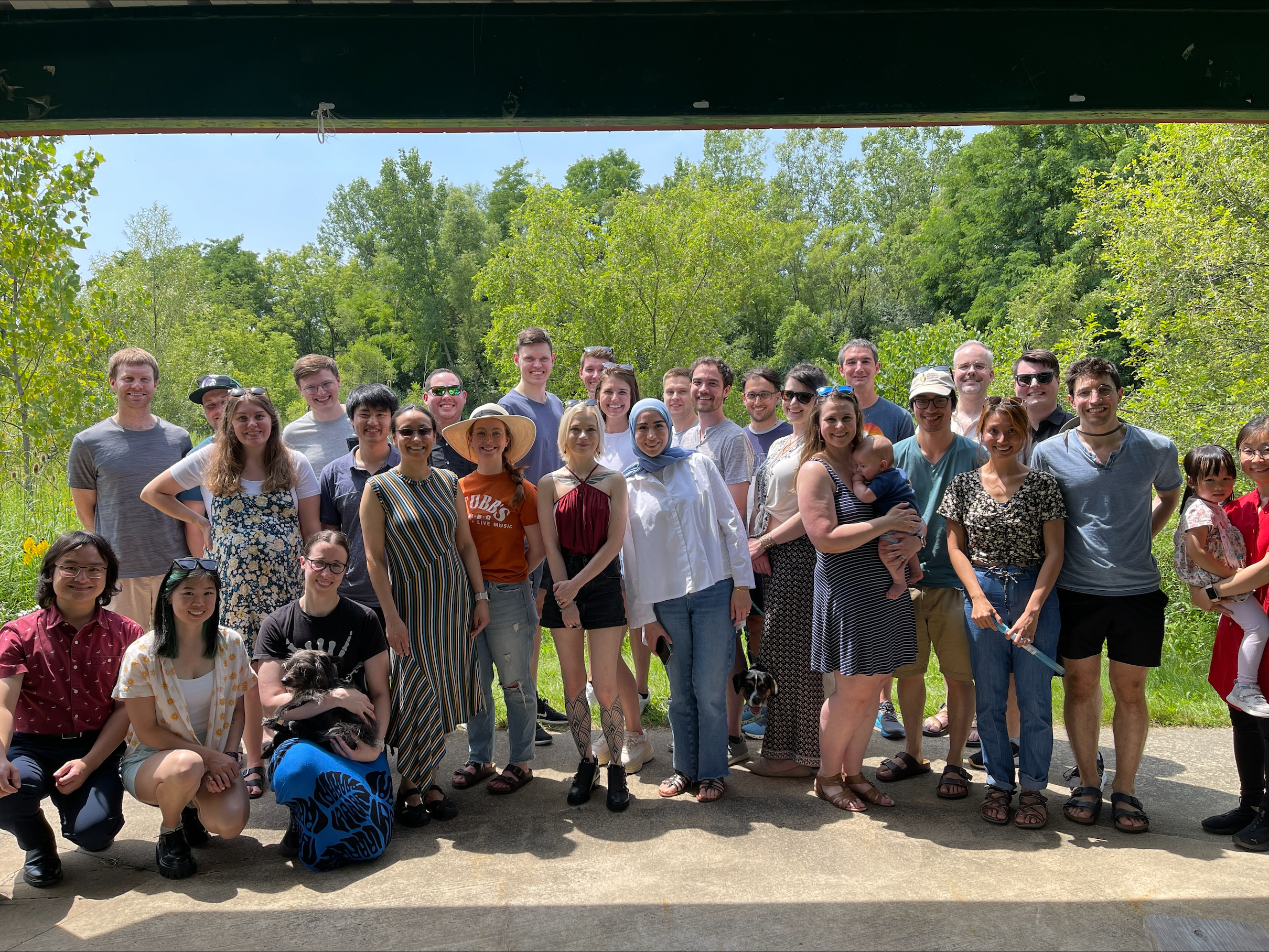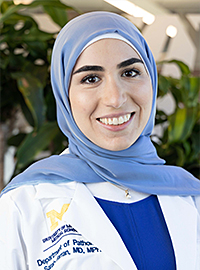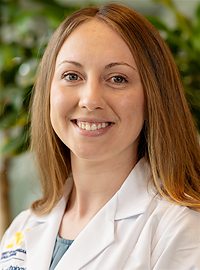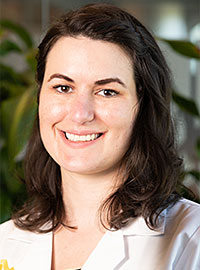


The University of Michigan is located in Ann Arbor, a small cosmopolitan city in the southeast corner of Michigan. With a population of ~125,000, Ann Arbor combines the congenial atmosphere and ease of living of a small city with the wide range of cultural opportunities typically found in a much larger community.
The University serves as a focus for art, music and theatrical performances. There is a network of inspiring museums including the Exhibit Museums, featuring the Museum of Art, a Hall of Evolution, the Ruthven Planetarium, the Kelsey Museum of Archeology, the University Herbarium and the President Gerald R. Ford Museum.
Ann Arbor itself also has a lively arts scene and offers an abundant array of restaurants, microbreweries, coffee houses, jazz, blues and rock clubs, museums, and other entertainment.
As a place to live, Ann Arbor regularly places within the top 10 communities in the country in national magazine ratings and has an abundance of affordable and conveniently located housing.
"Ann Arbor is the perfect amount of bustling for me - there is so much to do downtown but you can still find peace and quiet at home or at one of our wonderful parks or nature trails. The city or its outskirts are great for families or individuals alike; there are many great schools and learning resources available for everyone. I couldn't think of a better place to live!"Elizabeth Higginson
Located approximately one hour west of the greater Detroit metropolitan area, and only a thirty-minute drive from the Detroit International Airport, Ann Arbor's proximity to Detroit provides the advantages of life in a major metropolitan area - cultural events, museums, professional sporting events without the attendant disadvantages of urban life.
Chicago, Toronto, and other major metropolitan areas are within a four-hour trip by car or train, providing access to the distinct array of events these cities have to offer.
"There is a reason why Ann Arbor is ranked amongst the best college towns in the US. There is so much to do here with tons of culture and diversity."Batoul Aoun
The 2500-acre University of Michigan campus in Ann Arbor is also rich in natural settings. Over 140 parks in the city and surrounding areas offer countless possibilities for outdoor activities, from boating on the Huron River to biking, rollerblading and hiking, and in the winter cross-country skiing, skating and other outdoor activities.
Chains of inland lakes and an abundance of streams and rivers offer adventurous canoeing and fishing opportunities. In addition, Ann Arbor is only a few hours from the sandy beaches of Lake Michigan, the wild shorelines of Lakes Superior and Huron, and the deep forests and campsites along the waters of the upper peninsula.
The combination of cultural, outdoor and sporting activities, excellent restaurants and a lively community make Ann Arbor a terrific place for graduate and postdoctoral studies.
"Ann Arbor really has something to offer for everyone. It’s a foodie city, with plenty of great restaurants and bars. It’s an outdoorsman’s paradise, with numerous parks and trails to explore and a river to float. It’s part of a vibrant and exciting community, filled with diverse local events - from art fairs and classic cinema to rooting for the local sports teams or playing on an intramural one."Corey Post
"I was pleasantly surprised by the diversity of food in Ann Arbor. It’s also high quality and tastes amazing, you almost can’t go wrong with any restaurant. There are a huge number of nurseries nearby too with a wide variety of plants, making getting into gardening or decorating your apartment/house a breeze."Maxwell Wang
 The University of Michigan, chartered in 1817, has one of the most vibrant research communities in the United States, ranking second nationally in overall research expenditures and rated as one of the best public universities in the country (U.S. News and World Report).
The University of Michigan, chartered in 1817, has one of the most vibrant research communities in the United States, ranking second nationally in overall research expenditures and rated as one of the best public universities in the country (U.S. News and World Report).
The Medical School, in particular, has ranked in the top ten schools nationally in NIH funding for nearly two decades. The student body is large and diverse with about 60 percent of the students engaged in undergraduate studies and 40 percent in graduate or professional schools.
The intellectual, cultural and environmental components of the University of Michigan work together to provide a comfortable home to thousands of students.
"We work with amazing co-residents, faculty, and staff who all want to see you succeed! In addition, the culture of respect, strong diagnostic training, and abundant opportunities for leadership, research, and teaching contribute to an exceptional program."Ashley Brent
Check out these sites for the latest on Ann Arbor news and events:

Since the department has moved to the North Campus Research Complex, residents have access to its Wellness Center that is attached in Building 16. It provides MHealthy classes, an exercise room, along with lockers and showers. The Wellness Center is open every day, 5:00AM - 9:00PM. For More information, go to its page here.
Considerations: cost, 10-hour restrictions, some close for a week at Christmas and a week during the summer
Our Mission Statement
To create a training program that most optimally supports trainee wellness in all forms: personal, professional, mental, and physical.
Our Core Values

We hold several meetings per year to discuss ongoing projects and events. Our meetings incorporate a virtual option to ensure all Committee members can participate. Our committee positions include the (1) Point Communications Officer (annual position, the voice of the Committee), (2) two Primary Event Planners (annual positions, plan and oversee wellness events), (3) Treasurer (annual position, tracks and manages the wellness budget), and (4) Minutes officer (rotating basis per meeting, collects meeting notes). We welcome interested pathology trainees who would like to join the Wellness Committee to email us at path-wellness@umich.edu.
Our events include:

In addition to our exciting events, we also organize lots of at-work social events, board game sessions, and lunches. We receive monthly wellness snack deliveries from Gordon Food Services that keeps our fridge well-stocked. The Wellness Committee also sends out an annual survey to trainees to evaluate current levels of wellness and burnout, as well as solicit suggested ideas for future wellness activities and events.

Ashley Brent
House Officer IV

Nikki Chiang
House Officer I

Elaina Daniels
House Officer IV

Sarah Farran
House Officer III

Isabella Holmes
House Officer III

Meredith Herman
House Officer II

Elizabeth Higginson
House Officer IV

Nicole Patel
House Officer II

Pathology trainee DEI Initiatives are centered around fostering a diverse, equitable, and inclusive training program and supporting an open, safe, and welcoming learning environment.
The first major project revolved around assessing the status of DEI within the program. Months of survey research and design culminated in the first batch of residents completing the finalized survey in May 2021. The survey’s findings helped to guide and shape future DEI projects, DEI-inspired didactics, and opportunities within the department.
Since then, projects have included:
Trainees interested in contributing to department-wide DEI initiatives are encouraged to join PART (Pathology Anti-Racism Task Force), whose initiatives include a Juneteenth Walk and Lunch-and-Learns.
.png)